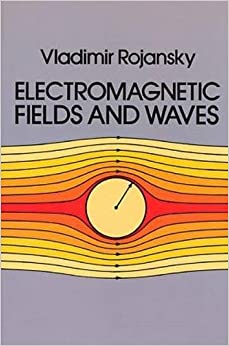Answered step by step
Verified Expert Solution
Question
1 Approved Answer
You have a 1:1 mass mixture(with 1 mg/mL, with a total of 2mg/mL) of 50nm and 150nm iron oxide nanoparticles (density = 5.24 g/cm^3) in
You have a 1:1 mass mixture(with 1 mg/mL, with a total of 2mg/mL) of 50nm and 150nm iron oxide nanoparticles (density = 5.24 g/cm^3) in water. You are interested in separating the larger from the smaller by sedimentation in a 5cm cylinder tube at room temperature (295 K) and collecting a certain fraction from the bottom of the flask. You may assume no flocculation and that the particles are dilute enough to not have multi-particle effects.
- Please calculate the total fraction height (measured from the bottom) that you should collect to have a new ratio of 3:1 of 150nm to 50nm particles. Show all steps
- If you collected the same fraction but at a new temperature (say, 350K), would your ratio of particles change? If so, how? You may prove this mathematically or prove it conceptually, but you must justify your answer.
Step by Step Solution
There are 3 Steps involved in it
Step: 1

Get Instant Access to Expert-Tailored Solutions
See step-by-step solutions with expert insights and AI powered tools for academic success
Step: 2

Step: 3

Ace Your Homework with AI
Get the answers you need in no time with our AI-driven, step-by-step assistance
Get Started


